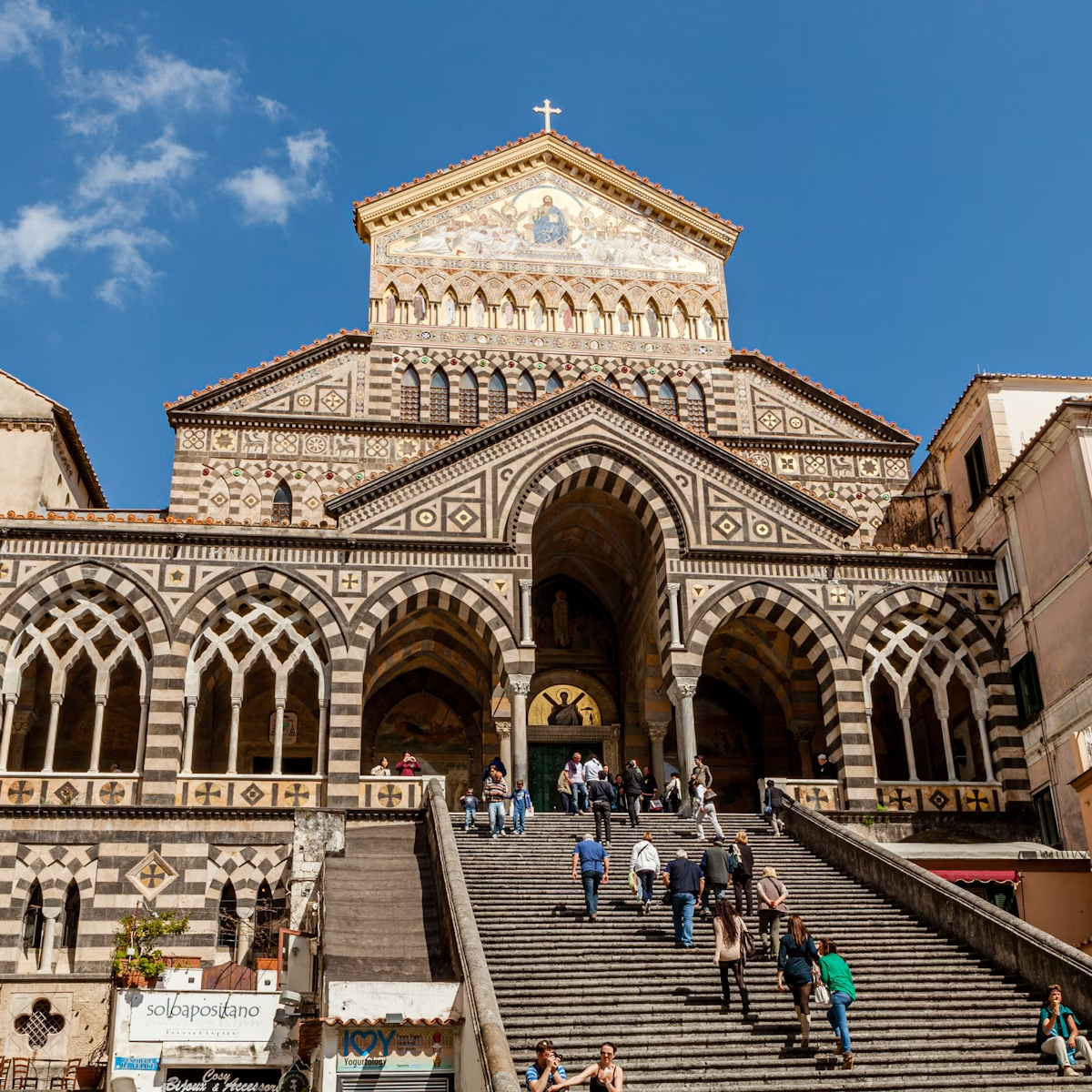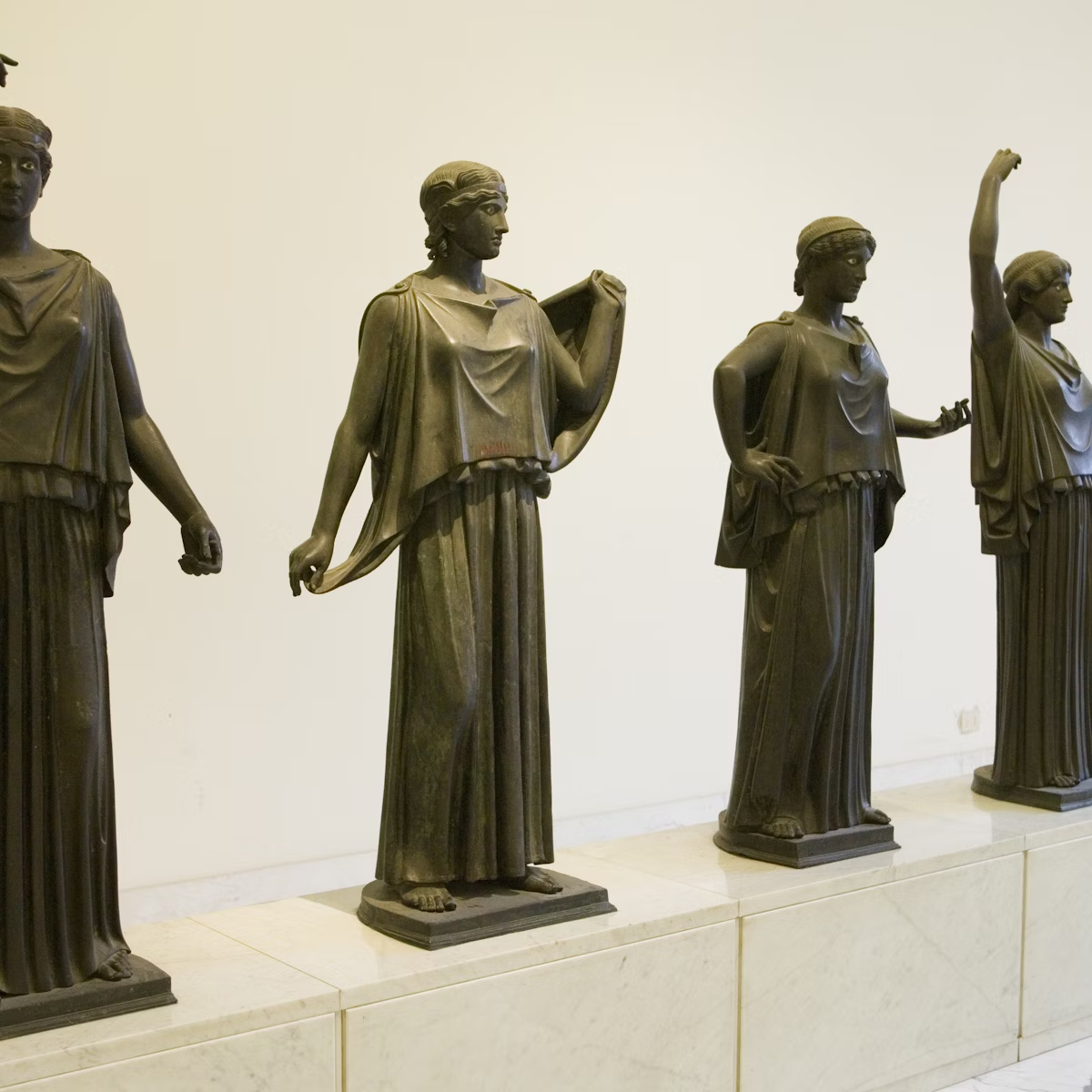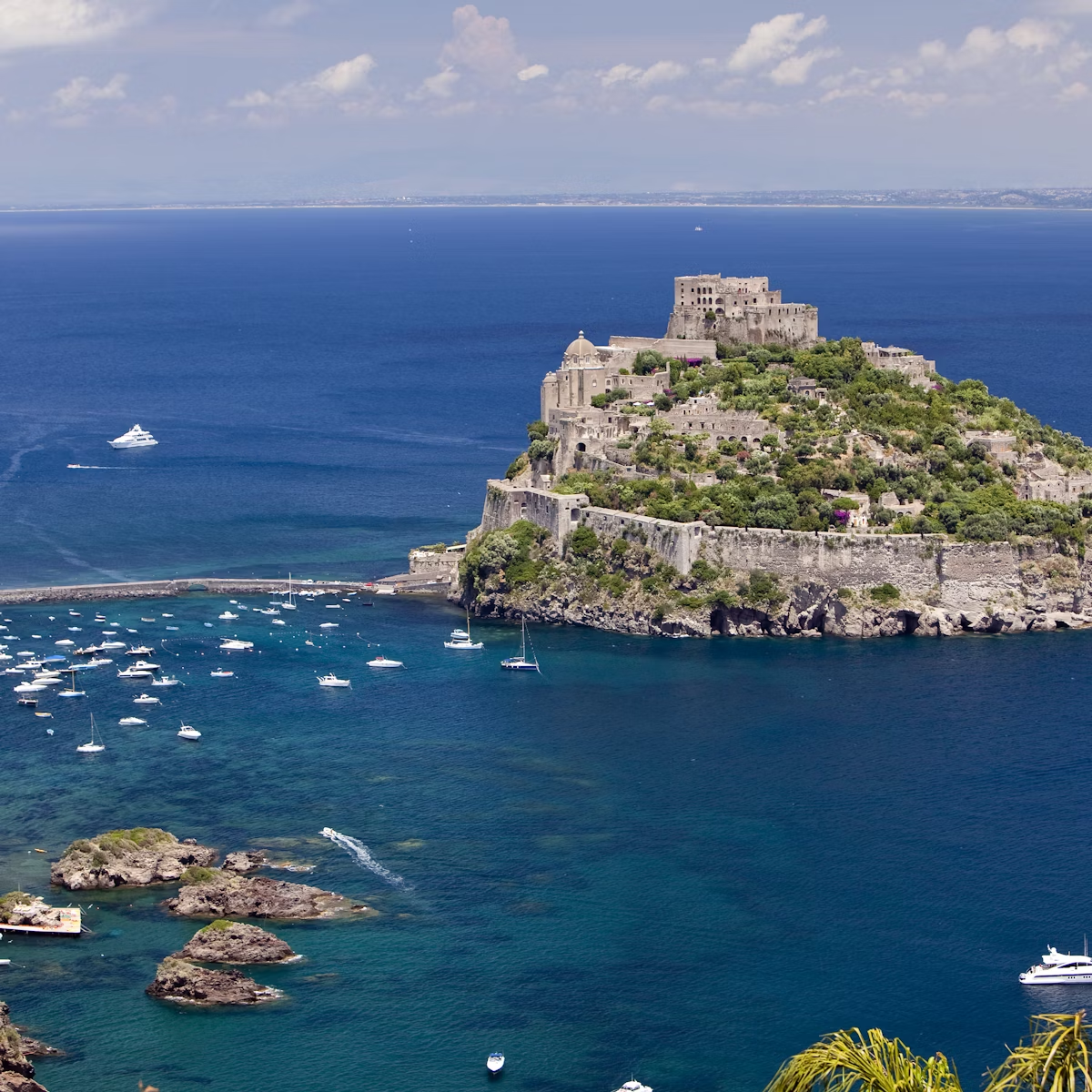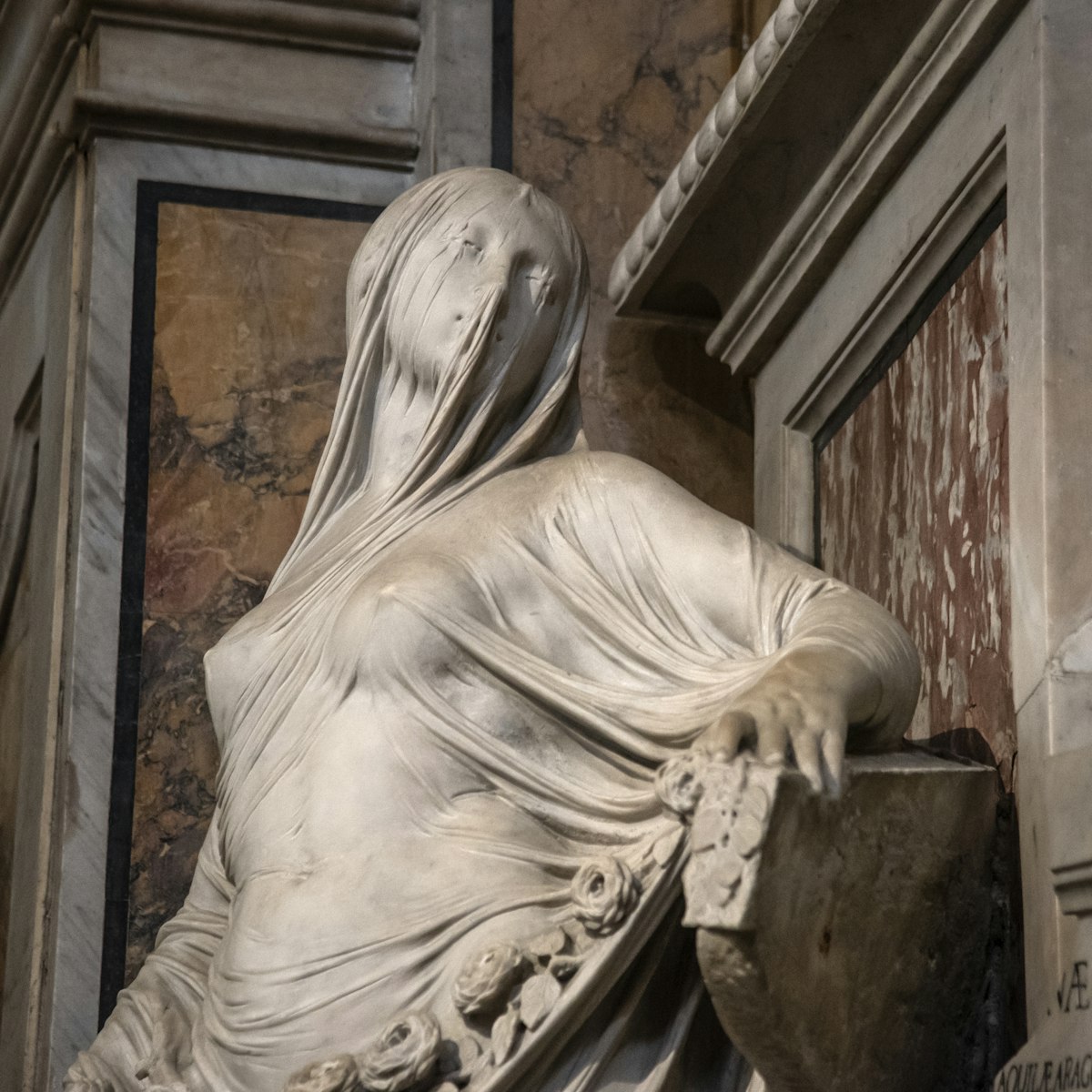Sumptuous sculpture and Technicolor frescoes makes this Gothic church worth a detour. Andrea de Firenze, Tuscan sculptors and northern-Italian artists collaborated on the Gothic-Renaissance mausoleum of King Ladislas, soaring 18m behind the main altar. Behind it, the circular Cappella Caracciolo del Sole uplifts with its vivid 15th-century frescoes and Leonardo da Besozzo's tomb for Giovanni Caracciolo, the ambitious lover of King Ladislas' sister Queen Joan II of Naples.
Caracciolo's increasing political power led the queen to plot his demise and in 1432 he was stabbed to death in the nearby Castel Capuano.
Other important works include the Cappella Caracciolo di Vico (renowned for showcasing early-16th-century Roman style in southern Italy), the Monumento Miroballo by Tommaso Malvito and Jacopo dell Pila; and the colourful 14th-century Cappella Somma, complete with mannerist frescoes and an exquisite 16th-century altar executed by Annibale Caccavello and Giovan Domenico d'Auria. The church is also home to Giorgio Vasari's painting Crocifissione (Crucifixion), a brooding 16th-century composition whose style echoes that of Vasari's contemporary, Michelangelo.
The 18th-century double-flight staircase leading up to the church itself is the work of baroque great Ferdinando Sanfelice.
The church derives its name from its location, on the former site of an Angevin carbonarius (waste-disposal and incineration site).







